6 Tips to Stay Safe While Trekking in Remote Areas
Aug 24, 2024 By Sana
Advertisement
Trekking in remote areas allows us to connect with nature and explore regions few people see. However, with the thrill of adventure also comes potential risks. Getting lost, injured, or encountering dangerous weather or wildlife are possibilities. But you can still skip remote treks! With thoughtful preparation, you can enjoy their grandeur and return home safely. Today, we'll share six savvy tips on preparing for remote treks, handling uncertainties, and following safety protocols on the trail itself. This blog post provides six tips for staying safe while trekking in remote areas. Read on to learn how!
6 Ways to Hike Dangerous Trails Safely
Venturing into isolated areas is thrilling but risky. Far from help, problems amplify. Lost trekkers had perished when signalling failed. Safety preparedness is non-negotiable. With adequate gear and contingency plans before remote treks, we respect nature's power. We ensure the wilderness' beauty remains forever by returning unharmed.

Gain In-Depth Knowledge of the Area and Route
Invest time to gather all specifics about the remoteness of the location expected terrain traits like instability, lack of shelter or landmarks as signposts, known wildlife threats, chances of severe weather and more. This allows you to mentally prepare and pack gear to withstand these conditions if required. Check multiple information sources to optimize planning detailed trek route maps, online trekking forum experiences, discussions with groups who have completed the route, and local guides' inputs. Pinpoint the remotest patches where extra caution is vital. Also, keep emergency systems informed of your route plan.
Assess Your Readiness Objectively
However majestic the reward, practical judgment should rein in over-eager spirits. Based on honest self-evaluation, it is critical to gauge if everyone in your group has the fitness, technical skill and mental tenacity required to complete the trek safely. When in doubt, build capability through training hikes in similar terrain. Rescue in the remote boonies will take a long time to materialize. Play it safe if the trek seems beyond current skill levels.
Prepare Gear and Backup Plans for Emergencies
Equipment failure miles away from help can abruptly end treks. Account for worst-case eventualities bitter cold, injury, failed gear, accidents, etc.- and pack extra layers, shelter, food, first aid, etc. accordingly. Carry multiple means of sourcing warmth and water and staying visible during unexpected, halted progress. Have contingencies to retrace steps or wait in place for assistance. Too little preparation drives risky decisions later.
Create a Safety Net with Regular Check-ins
Mark clearly defined check-in times with friends/family throughout the trek when phone connectivity still allows. Account for locations where such contact will cease, and device-based tracking will be the only hope if emergencies arise. Coordinate check-in protocols if connectivity concerns arise on your end for instance, pre-set messages or device-sharing options. Such precautions enable early alarms to trigger emergency response if dire needs arise.
Remain Alert to Signs of Changing Conditions
Attentiveness can keep you a step ahead of potential dangers - watch for signs of worsening weather, risks of sunburn, symptoms of dehydration or hypothermia, twisting ankles and strained knees, wildlife signs, etc. Heed such early warnings, stop immediately if needed, verify bearings, tweak gear or clothing suitability. Listen to every instinct and observation flagging situational deterioration safety hinges critically on such alert adaptation.
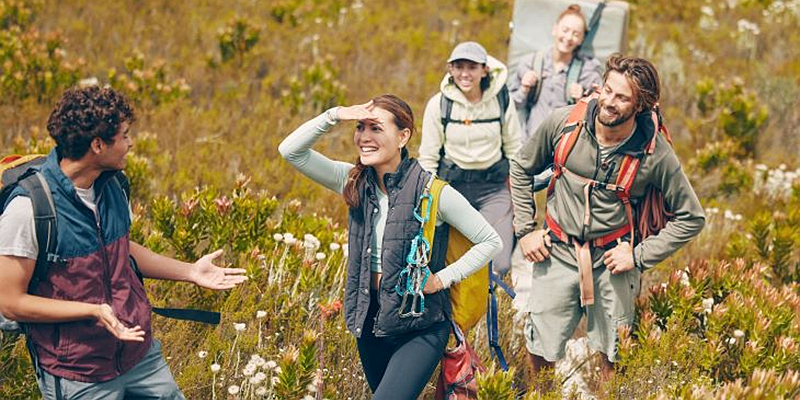
Lean on Others Expert Perspectives
Wisdom cushions risky solo decisions on ambiguous remote routes. Seek guidance from veteran guides, previous trek groups' experiences, park rangers' domain know-how, etc. Local insights help novices assess trail challenges more accurately. Stay open and truthful about lagging confidence, exhaustion, or nervousness. Prioritize life over ego. Make prudent calls to abandon progress and turn back if situations escalate beyond control. The wilderness will await another day.
Trekking in the remote wilderness can be immensely rewarding. However, you can undertake such trips more securely by preparing thoroughly, carrying appropriate gear, making prudent decisions, and responding promptly to changing conditions. Paying attention to these pointers helps minimize risks and have an enjoyable trekking experience. Basic precautions allow you to revel in nature's splendour even in remote terrain. We wish you a safe and fulfilling treks ahead! Please share your tips and experiences with us as well.
Q1. What communication devices are most useful during a remote area trek?
Ans: For remote treks, satellite-based communication devices like emergency locator beacons or satellite phones work best to connect in emergencies, given cellular signals may be absent in such terrain.
Q3. What clothing and footwear work well for remote treks?
Ans: Choose durable, warm synthetic clothing over cotton for better insulation in variable weather. Ankle-length hiking boots made of waterproof materials provide support and protection over unstable ground in remote regions.
On this page

Aug 21, 2024
Destinations
5 Best Luxury Resorts in the Caribbean for a Blissful Getaway
In this blog post, we'll highlight 5 top luxury resorts in the Caribbean that offer a peaceful, pampered island experience.

Aug 21, 2024
Destinations
4 Top Luxury Spas in the World and Their Unique Treatments
This blog post spotlights four premier destination spas situated in stunning locales worldwide.

Aug 21, 2024
Destinations
6 Fine Dining Restaurants in Tokyo for a Memorable Experience
This blog post highlights six fine dining restaurants in Tokyo for a memorable epicurean adventure, from historic venues to intimate modern establishments.
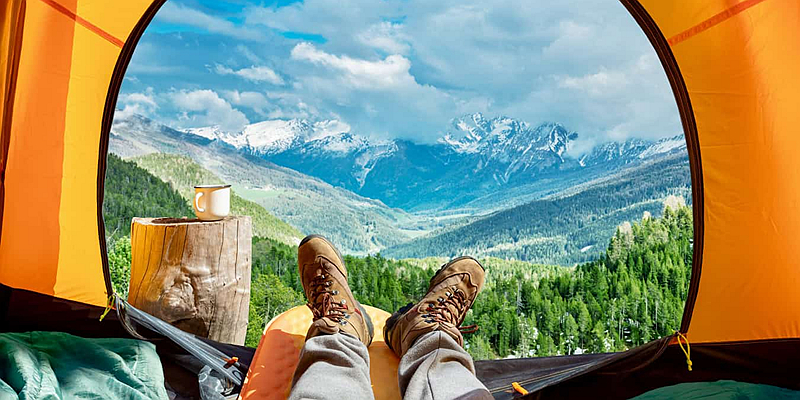
Aug 24, 2024
Guides and Tips
6 Tips for Budget-Friendly Accommodation While Trekking Abroad
In this article, we share six tips to guide you in securing affordable, comfortable lodging without overstraining your budget. So, pack your bags and get set to become adept at finding budget-friendly places to stay for your next overseas trekking getaway.
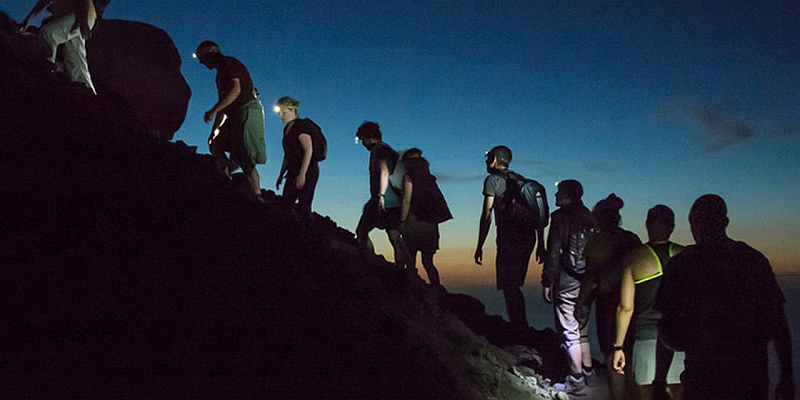
Aug 24, 2024
Guides and Tips
6 Reasons You Should Experience Night Hiking At least Once
In this blog post, we'll discuss six reasons you should experience night hiking at least once. From seeing stars and landscapes in a new light to gaining confidence and peace of mind, read on to learn how night hiking can create lifelong memories.
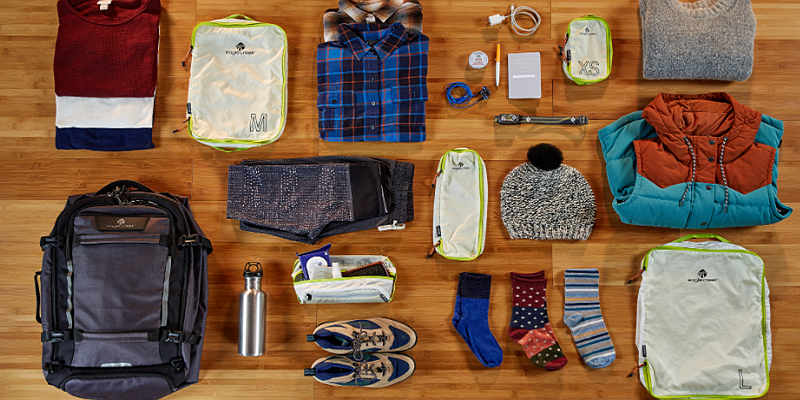
Aug 24, 2024
Guides and Tips
4 Essential Packing Hacks for Lightweight Backpacking
Backpacking through nature allows us to disconnect from technology and daily stresses. Immersed in beautiful scenery, the only things that matter are the essentials in our pack and the trail ahead.

Jan 01, 2000
Guides and Tips
5 Reasons to Choose a Private Jet Charter for Your Next Trip
In this blog post, we'll walk through the five incredible benefits of skipping crowded commercial flights and flying private for your next getaway!
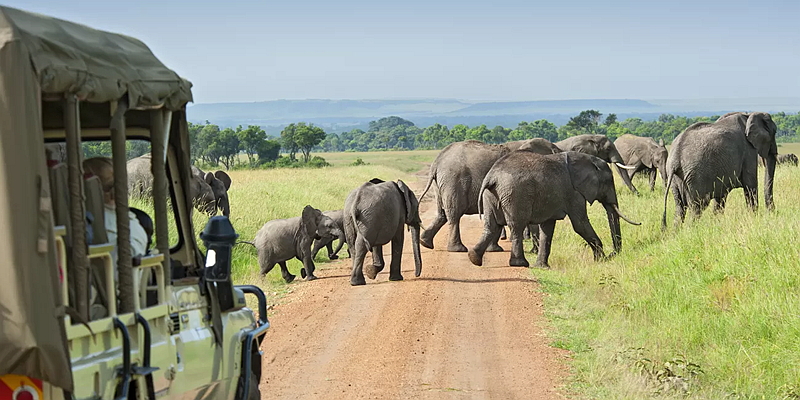
Aug 24, 2024
Guides and Tips
7 Reasons Why Wildlife Safaris Are Essential for Nature Enthusiasts
Wildlife safaris prompt nature lovers to protect vulnerable species and habitats actively. This article covers seven reasons safaris are essential for budding naturalists.

Aug 21, 2024
Destinations
4 Best Luxury Ski Resorts in the World
In this blog post, we will share insider info on 4 of the Best Luxury Ski Resorts in the World that promise this: first-track thrills coupled with indulgent amenities and service.
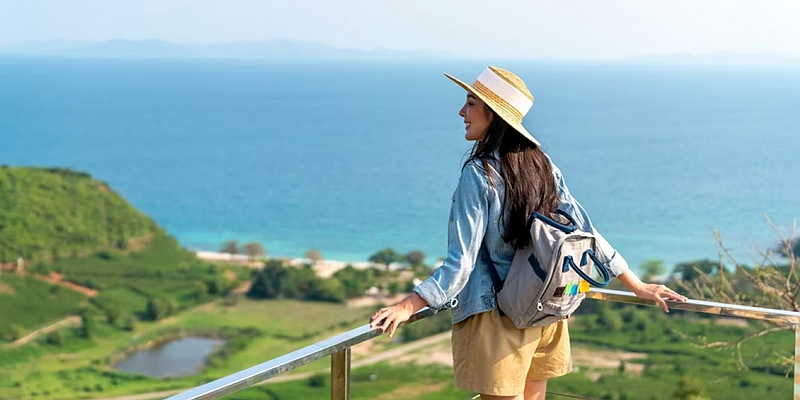
Aug 24, 2024
Guides and Tips
5 Must-Know Tips for Solo Female Travelers in Adventure Destinations
As an adventurous female voyager, embarking alone on an excursion to an exotic locale can feel thrilling and daunting. However, with intentional preparation and acquired wisdom, your independent outing can be safe, enjoyable, and liberating. This article offers five essential tips to empower you for solo adventure travel as a woman charting her course.

Jan 01, 2000
Destinations
4 Top Luxury Shopping Experiences in Dubai
In this article we reveal 4 of the best luxury shopping experiences in Dubai that you must try on your next visit. We will take you through splendid malls, fascinating gold souks, custom tailoring boutiques and more.

Jan 01, 2000
Destinations
6 Best Luxury Shopping Destinations Worldwide
This article talks about the six best spots in the world for high-end shopping. There, you can find unique limited-edition stuff.
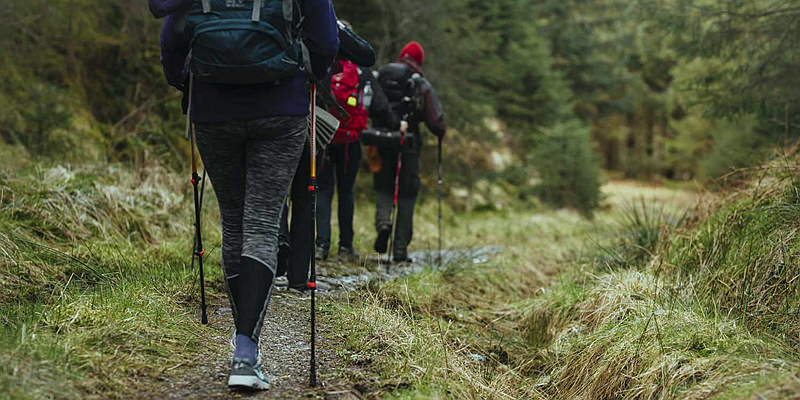
Aug 24, 2024
Guides and Tips
6 Tips to Stay Safe While Trekking in Remote Areas
Today, we'll share six savvy tips on preparing for remote treks, handling uncertainties, and following safety protocols on the trail itself.
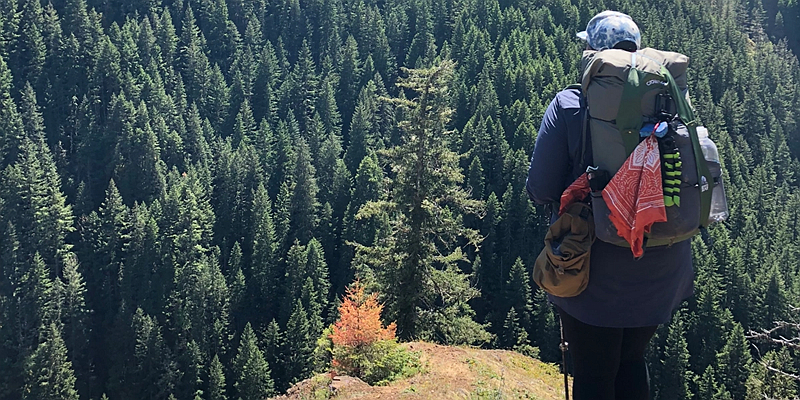
Aug 24, 2024
Guides and Tips
5 Must-Have Items for Budget Adventure Travelers
In this blog post, we'll recommend five must-have items for budget adventure travellers that will make your trips more enjoyable, comfortable, and safe without breaking the bank. Read on to find our top picks!